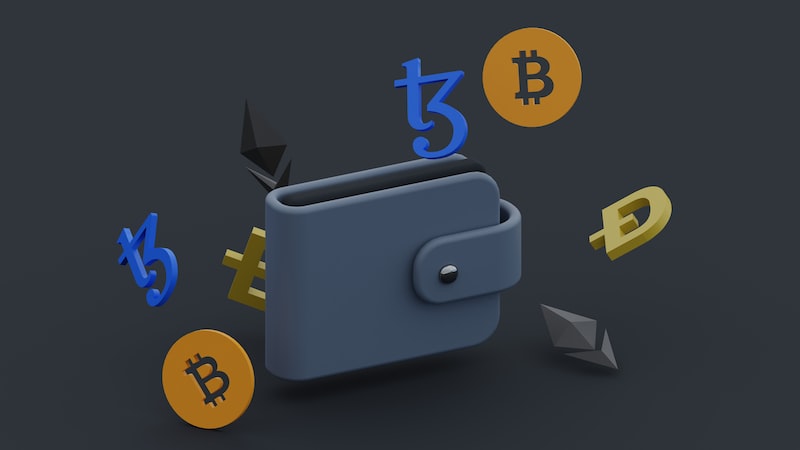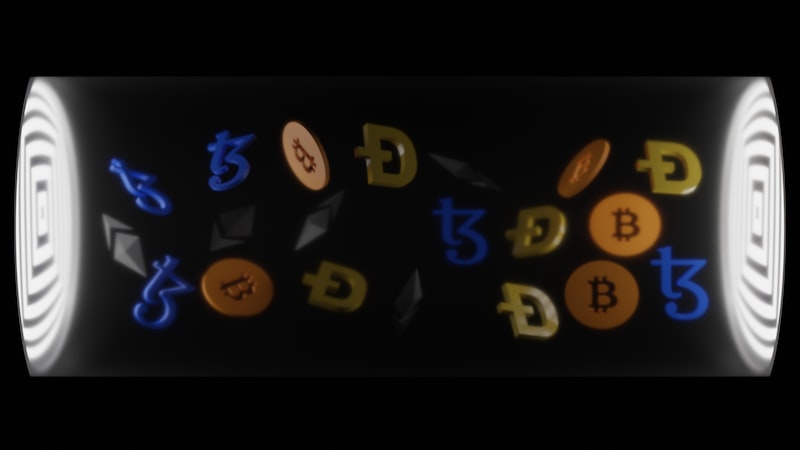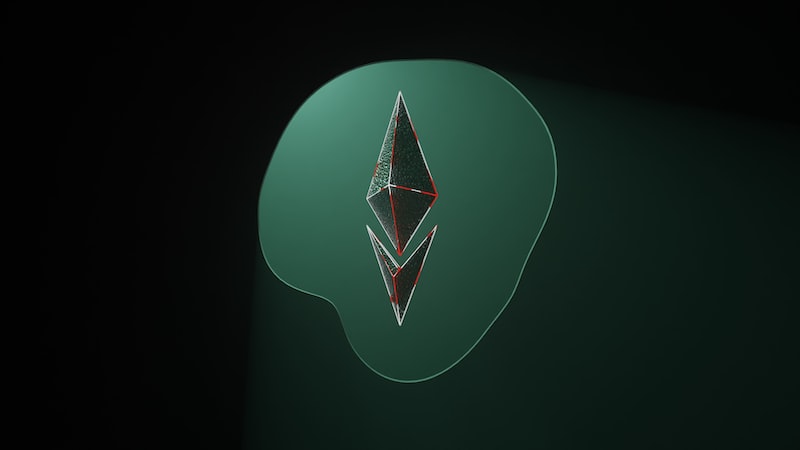Table of Contents
Have you ever wondered why some NFTs (Non-Fungible Tokens) are more valuable than others? Well, the secret lies in their rarity. In the world of digital art and collectibles, rarity plays a crucial role in determining an NFT’s value. But how can collectors assess the rarity of these unique digital assets? Let’s explore some tools that collectors can use to navigate this fascinating landscape.
One important factor to consider is the total supply of an NFT. Just like in traditional collecting, scarcity often drives up the desirability and worth of an item. NFTs with limited editions or low minting numbers tend to be more sought after, as they become harder to obtain over time. Collectors can check the total supply information provided by the NFT marketplace or creator to gauge an item’s rarity.
Additionally, metadata analysis can provide valuable insights into an NFT’s rarity. The metadata includes attributes such as traits, characteristics, and even hidden properties embedded within the token. By examining these details, collectors can identify rare or unique features that make an NFT stand out from the crowd. Various online platforms and tools offer metadata analysis services, allowing collectors to dig deeper into the intricacies of each digital asset.

Another useful tool for collectors is the Rarity Score. Similar to grading systems used in traditional collecting, Rarity Scores assign a numerical value to an NFT based on its scarcity and other factors. These scores help collectors compare different NFTs and determine which ones have a higher rarity value. Some marketplaces and dedicated websites calculate Rarity Scores automatically, simplifying the process for collectors.
Lastly, engaging with the community can also provide valuable insights into the rarity and value of NFTs. Joining social media groups, forums, or attending virtual events allows collectors to connect with fellow enthusiasts and share knowledge. Engaging in conversations and learning from experienced collectors can offer unique perspectives on the rarity and value of NFTs.
assessing the rarity and value of NFTs involves considering factors such as total supply, metadata analysis, Rarity Scores, and engaging with the community. By utilizing these tools, collectors can navigate the vast world of NFTs with confidence, discovering
hidden gems and building a valuable collection that sparks awe and admiration.Uncovering the Holy Grail: Rare NFT Gems That Command Astronomical Values in the Collectibles Market
The world of collectibles has witnessed a revolution with the advent of Non-Fungible Tokens (NFTs). These digital assets have taken the market by storm, creating a frenzy among collectors and investors alike. Among the vast sea of NFTs, there are rare gems that stand out, commanding astronomical values and captivating the imagination of enthusiasts. Let’s delve into the realm of these elusive treasures, uncovering the Holy Grail of the collectibles market.
Imagine owning a digital masterpiece, an artwork that exists purely in the digital realm, yet holds immense value. That’s what rare NFT gems offer—a unique fusion of artistry, scarcity, and technology. These gems are not just tokens; they represent ownership and authenticity of a specific digital asset, be it an artwork, a music album, a video clip, or even a virtual real estate parcel.

What sets these rare NFT gems apart is their scarcity. Just like finding a needle in a haystack, stumbling upon one of these treasures is a thrilling experience. Some NFTs are limited editions, with only a handful of copies available. Others possess rare attributes or hidden features that make them truly one-of-a-kind. The rarity factor drives up their value, making them highly sought after in the market.
The astronomical values associated with these rare NFT gems can leave anyone astounded. It’s not uncommon to hear tales of NFT artworks selling for millions of dollars or virtual land parcels being traded at exorbitant prices. The allure lies in the uniqueness and exclusivity offered by these digital assets. Owning a rare gem means joining an elite club of collectors who appreciate the beauty and value of digital art in its purest form.
As the NFT market continues to evolve, new opportunities arise for collectors and investors. What was once an obscure niche has now become a mainstream phenomenon. Artists, musicians, and content creators are embracing this digital medium to showcase their talent, while collectors are exploring new avenues of investment and self-expression.
rare NFT gems represent the Holy Grail of the collectibles market. They embody the fusion of art, technology, and scarcity, captivating enthusiasts with their uniqueness and commanding astronomical values. As this digital revolution unfolds, the world eagerly awaits the discovery of more hidden treasures, forever changing the dynamics of the collectibles market.
From Pixels to Profits: How Scarcity Transforms NFTs into Lucrative Investments
Have you ever wondered how something as intangible as a digital image can be transformed into a lucrative investment opportunity? Welcome to the world of Non-Fungible Tokens (NFTs), where scarcity holds the key. In this article, we’ll delve into the fascinating realm of NFTs and explore how scarcity plays a pivotal role in turning pixels into profits.
NFTs are unique digital assets that are stored on a blockchain, a decentralized and transparent ledger. Unlike cryptocurrencies such as Bitcoin or Ethereum, which are fungible and interchangeable, each NFT possesses distinct qualities that set it apart from others. These qualities can include artwork, music, videos, virtual real estate, and even virtual goods in video games.
Scarcity lies at the heart of NFTs’ value proposition. By limiting the supply of a particular NFT, creators can enhance its desirability and value. Just like a limited edition print of a famous painting, owning a scarce NFT can be seen as owning a piece of digital history.
But how does scarcity translate into profits? Well, imagine owning a rare collectible card from your favorite sports team. As the number of available cards decreases, the demand for them tends to increase. Similarly, when an NFT becomes scarce due to limited editions, exclusivity, or time-limited sales, its value has the potential to skyrocket. This scarcity-driven demand is what transforms NFTs into lucrative investments.
To illustrate this further, let’s consider the analogy of a virtual museum. Each NFT represents a unique artwork hanging on the walls of this digital space. As more people flock to admire these exclusive pieces, their rarity and desirability grow. Consequently, the value of these digital artworks appreciates, attracting investors looking for profitable opportunities.
scarcity plays a fundamental role in converting NFTs from mere pixels into highly sought-after investments. By restricting the supply of these digital assets, creators can tap into the innate human desire for exclusivity and ownership. As a result, NFTs have emerged as a new frontier in the investment landscape, offering individuals the chance to participate in the digital revolution while potentially reaping substantial profits.
The Price of Rarity: Exploring the Factors Behind the Soaring Values of Unique NFTs
The world of Non-Fungible Tokens (NFTs) has taken the digital art market by storm, captivating both artists and investors alike. But what exactly makes certain NFTs so valuable? In this article, we will delve into the factors that contribute to the soaring values of unique NFTs.

One key aspect that drives up the price of rare NFTs is their scarcity. Just like in the physical world, scarcity plays a pivotal role in determining value. When there are only a limited number of a particular artwork or collectible in existence, demand naturally increases, driving prices higher. This exclusivity creates a sense of uniqueness and ownership that collectors yearn for.
Another factor behind the rising values of unique NFTs is the reputation and recognition of the artists behind them. Renowned artists often have established fan bases and a track record of producing exceptional works. When such artists release NFTs, their dedicated followers eagerly compete to own a piece of their digital legacy. The artist’s reputation adds an extra layer of value to these tokens, making them highly sought after.
Additionally, the intrinsic qualities of the artwork itself can significantly impact its value. NFTs that exhibit exceptional creativity, innovation, and artistic skill tend to fetch higher prices. Collectors appreciate the aesthetic appeal and depth of meaning in these pieces, viewing them as valuable assets in the digital art world. The emotional and intellectual connection evoked by extraordinary NFTs fuels their demand and elevates their worth.
Furthermore, the uniqueness and authenticity provided by blockchain technology contribute to the value of NFTs. By utilizing blockchain, each NFT is assigned a unique digital signature, proving its originality and verifiable ownership. This transparency instills confidence in collectors, assuring them that they possess a one-of-a-kind item in the vast digital realm. The immutability and security offered by blockchain enhance the desirability and value of unique NFTs.
several factors contribute to the soaring values of unique NFTs. Scarcity, the reputation of the artist, artistic quality, and blockchain authenticity all play a crucial role in driving up prices. As the world of NFTs continues to evolve, it will be fascinating to witness how these factors shape the future of digital art marketplaces and the value of rare tokens.
Unlocking the Secrets of NFT Rarity: A Deep Dive into the Algorithms and Metrics that Determine Value
Have you ever wondered why some NFTs (Non-Fungible Tokens) are worth millions, while others struggle to find buyers? The answer lies in the concept of rarity. In this article, we will take a deep dive into the algorithms and metrics that determine the value of NFTs, uncovering the secrets behind their rarity.
Rarity is a fundamental factor when it comes to NFT valuation. It’s not just about the uniqueness of the artwork or the scarcity of the edition; it’s a complex interplay of various factors. One key element is the algorithm used to generate the NFT. Different algorithms create different levels of complexity and uniqueness, contributing to the overall rarity of the digital asset.
Another important metric is the edition size. Limited editions tend to be more valuable because they have a lower supply, making them harder to obtain. Think of it like owning a rare baseball card; the fewer copies there are, the higher its value. Similarly, NFTs with smaller edition sizes usually fetch higher prices in the market.
Additionally, the demand for an NFT plays a crucial role in determining its rarity and value. When a particular artist gains popularity or a specific collection becomes highly sought after, the rarity of their NFTs increases. This surge in demand can significantly impact the price and desirability of these digital assets.
Furthermore, the concept of provenance adds another layer of value to NFTs. Provenance refers to the documented history of an artwork, including its origin, ownership chain, and any associated events. NFTs with strong provenance are often perceived as more valuable due to their authenticity and historical significance.
To quantify and measure rarity, various platforms and marketplaces utilize specific metrics. These metrics include attributes such as trading volume, historical sales data, and the number of active wallets holding a particular NFT. By analyzing these metrics, collectors and investors can gauge the rarity and potential value of an NFT before making a purchase.

unlocking the secrets of NFT rarity requires a comprehensive understanding of algorithms, edition size, demand, provenance, and various metrics. It’s a dynamic and evolving landscape where the value of digital assets can change rapidly. As the NFT market continues to expand, staying informed about these factors will be paramount in making informed decisions and identifying valuable opportunities.





